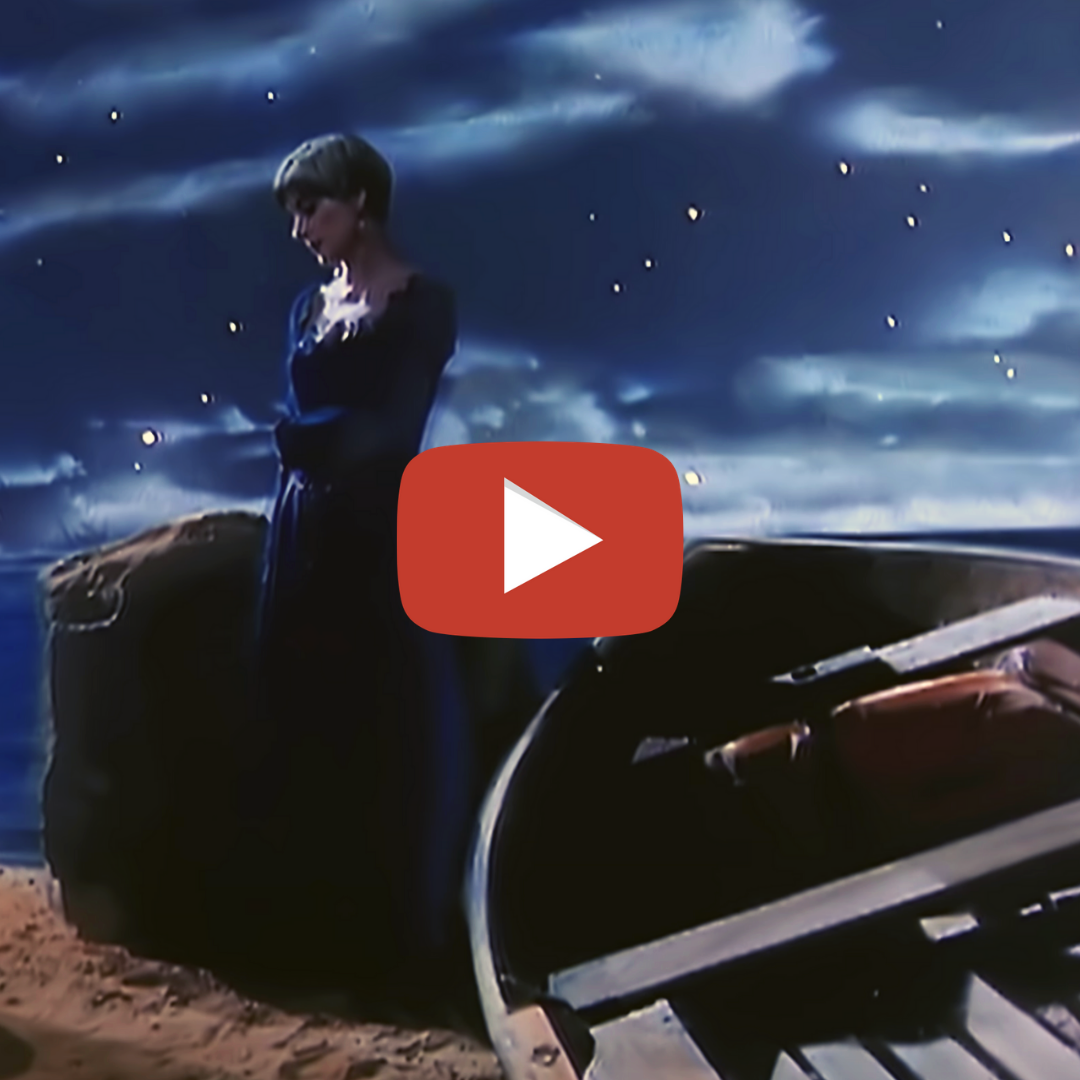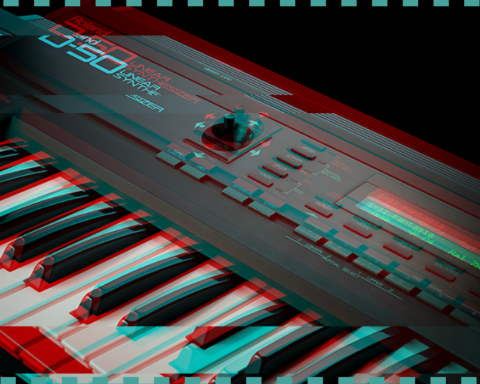In 1991, Enya released “Caribbean Blue.” The song was the first single from her third studio album, Shepherd Moons. After the unexpected success of Watermark’s “Orinoco Flow,” “Caribbean Blue” launched her next voyage. If there’s a soundtrack for a sail-boated shore on a sunny blue-sky day, it would be in waltz time. It would dance like the rippling tide, a never-ending ebb and flow evoking the moon’s pull and weather shifts. It would get you dreaming.
The Pull of Nature
“Caribbean Blue” is a ¾-time sonic tapestry that consists of layered vocal textures over a bed of JUNO-60 pads and arps. Like rocking on a watery bed, the music conjures ships sailing across the flat map of ancient worlds. The sounds evoke the timeless pull of nature on the human psyche. Images of surfacing dolphins and sunken treasure come to mind.
Shepherd Moons appeared in my pre-Spotify mailbox via the Columbia House music club. While the album went on to win a Grammy for Best New Age Album, it wasn’t strictly for New Age fans. In fact, Shepherd Moons held a spot on the Billboard Top 200 chart for 238 weeks. “Caribbean Blue” received crossover airplay on alternative stations. The song soothed the blustery teenage hearts of Gen X. Enya’s choir of one lulled them to dream-filled sleep.
A Mysterious Collaboration
Though Enya’s face and name are well known, the entity is actually a collaboration. Northern Irish poet, Roma Ryan and producer Nicky Ryan are the other contributors. The poet gave “Caribbean Blue” its name, penning lyrics to capture the tune’s cresting sonic waves. Greek and Latin deities Eurus, Boreas, Afer Ventus, Zephyrus, and Africus represent seasonal change. Accompanied by beds of JUNO sounds, Ryan’s words in Enya’s voice conjure these wind gods.
As a teen with dyed hair and ripped stockings, I wouldn’t have described myself as a new age fan. Still, with my CD/tape player tucked arms-distance from my pillow, Enya lulled me to sleep many nights.
As Roma Ryan wrote in the “Caribbean Blue” liner notes, “It is a simple fact, often forgotten, that people may create something good merely by thinking it so.” The tracks were poignant and comforting, like a prayer or meditation. When dramas rocked my home life or high school walls, Enya soothed my turbulent teenage heart.
"'Caribbean Blue' is a ¾-time sonic tapestry that consists of layered vocal textures over a bed of JUNO-60 pads and arps."
A Timeless Journey
Though one can view “Caribbean Blue” in the context of its era, it also stands the test of timelessness. We should celebrate Enya as one of contemporary music’s key female artists. Thirty years on, a 4-minute listen (or COVID-era high rotation) can take a mind-traveler on a voyage. The journey comprises departure, return, and the serenity of stillness.
In contrast to the “Sail away” refrain of “Orinoco Flow,” “Caribbean Blue” offers its own comforts. One can imagine sun-warmed sands where sky meets sea and dolphins dance in the waves. Ryan’s liner notes say, “The imagination is free and can choose and create its own journey.” The aural landscape of “Caribbean Blue” inspires the imagination of such a journey.







